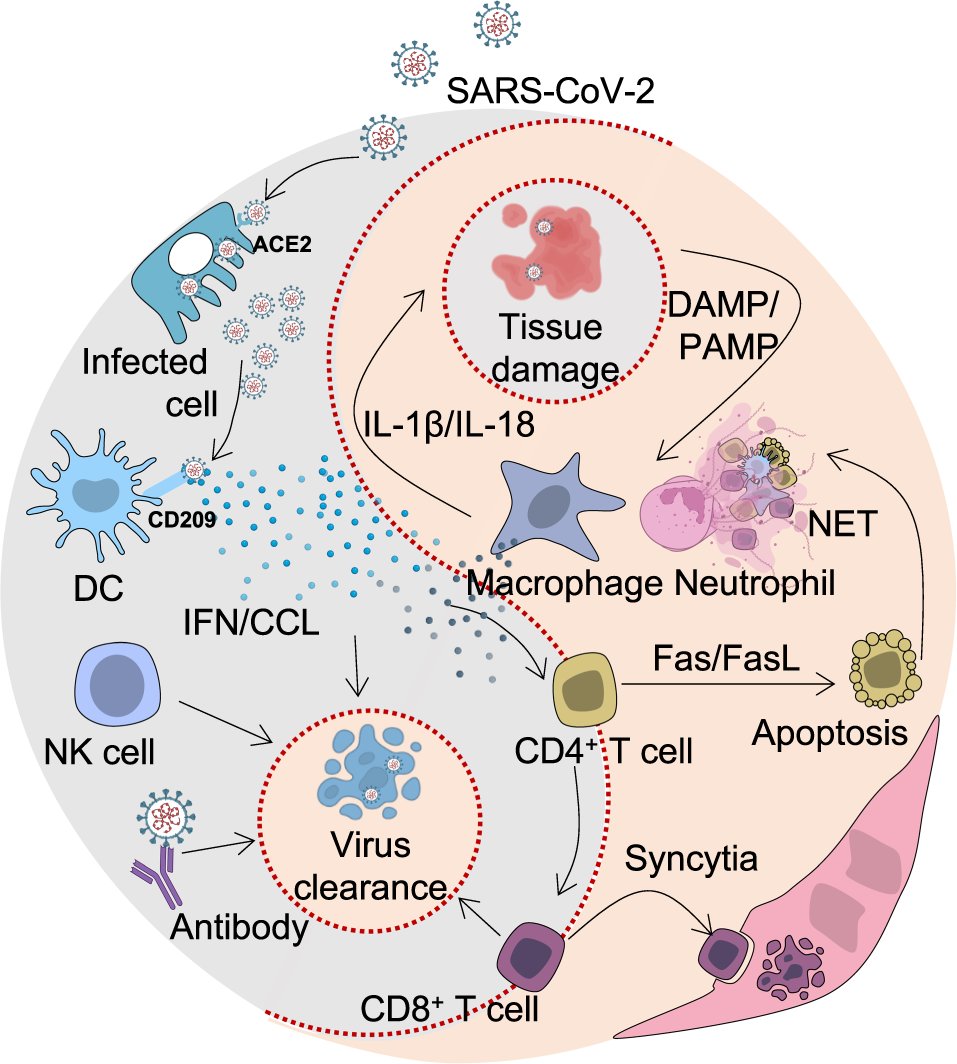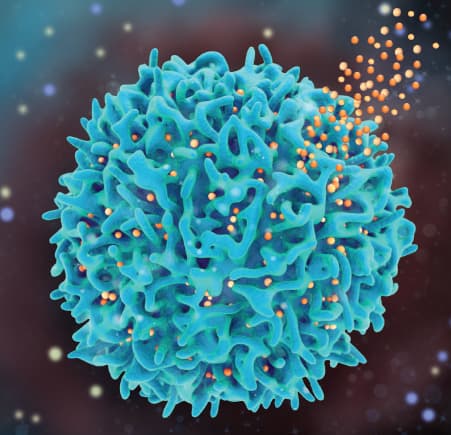WHAT a STRANGE IDEA to think that immunity against SARS-CoV-2, would solely rely on a single protein, known as the Spike, and only be dependent on the functionality of neutralizing antibodies ! 🤔
Throughout the course of the pandemic, the Spike protein has dominated ...
Throughout the course of the pandemic, the Spike protein has dominated ...

2) ... the spotlight, whether it be in the context of vaccination or its mutations that enable the virus and its variants to evade the effects of antibodies.
Cursed are those who had the audacity to mention the complexity of the immune response against SARS-CoV-2 ...
Cursed are those who had the audacity to mention the complexity of the immune response against SARS-CoV-2 ...

3) ..with a virus which has 29 proteins, with an immune system which, recognizes over 1400 epitopes, including those found on various proteins, and responds also through the activation of interferons, cytokines, T cells, and other immune cells such as macrophages. 

4) At the onset of each wave, the "experts" inform us that a single protein, the Spike, along with sometimes just one mutation, that evaded antibodies, could be sufficient to initiate a new wave.
Those who questioned this official stance of the "expert community" ...
Those who questioned this official stance of the "expert community" ...
5) ... faced criticism, obstruction, or chose to depart from X, much like many of my friends.
I will persist in my fight and will continue to share studies that highlight the intricate nature of the immune system, its vulnerabilities over time ...
I will persist in my fight and will continue to share studies that highlight the intricate nature of the immune system, its vulnerabilities over time ...

6) ... and above all, the significant influence of individual behavior in the onset of waves.
Thanks for reading 🙏
FYI @DavidJoffe64 @jlerollblues @michael_hoerger @C_A_G0101
Thanks for reading 🙏
FYI @DavidJoffe64 @jlerollblues @michael_hoerger @C_A_G0101
• • •
Missing some Tweet in this thread? You can try to
force a refresh


















